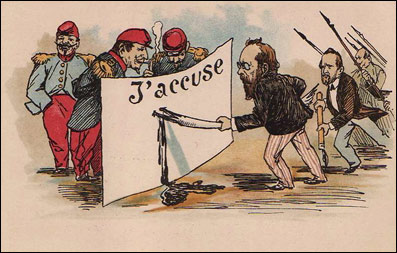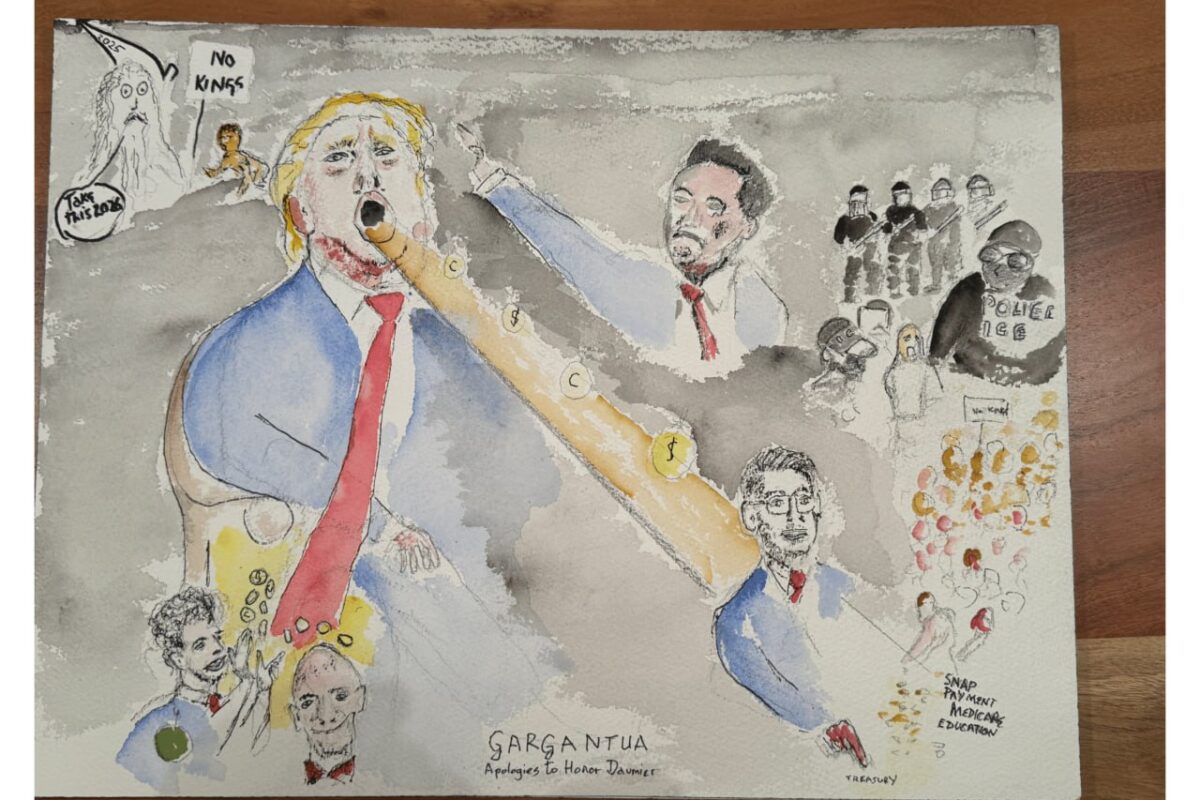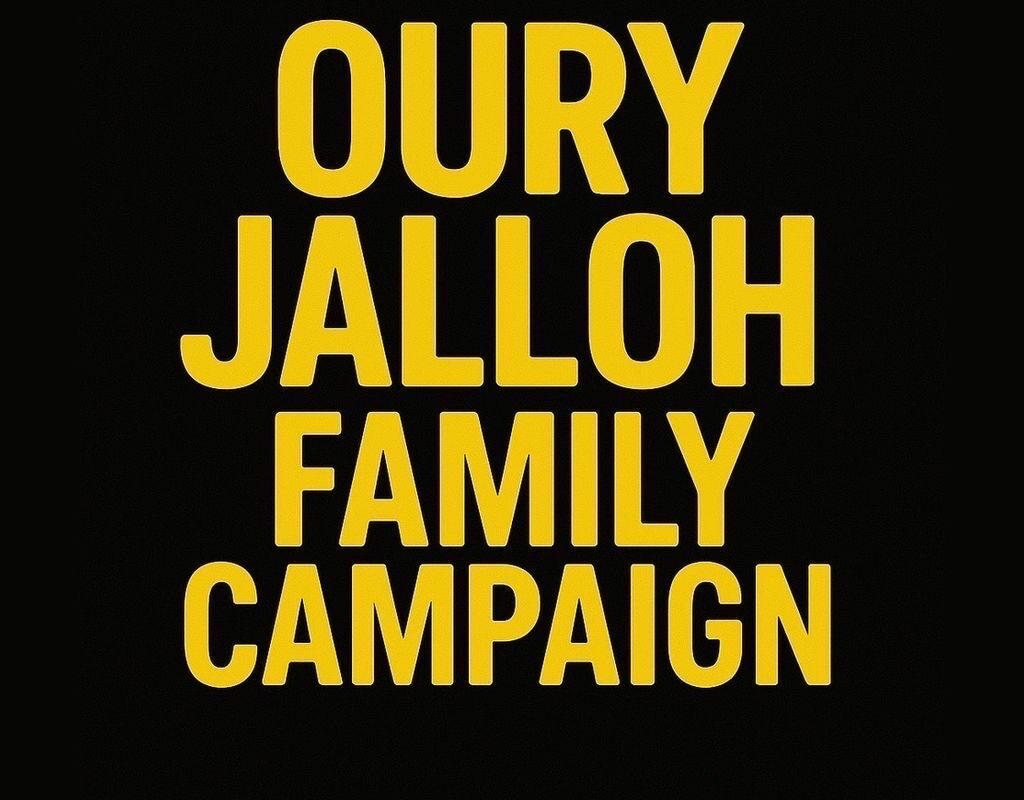This is the second part of this article. You can read part one here.
The complex nature of Western scholars in colonial times
It would be one-dimensional and anti-dialectical to ignore the scholarly and sweeping visions of some of the leading “Orientalists”. Sir William Jones, for example, first translated Kalidas of 400 AD (“the Indian Shakespeare”) from Sanskrit into English. He undertook his studies in 1785, in the colony of “British india”. In his book, India discovered, he declared Sankskrit “more perfect than either Greek or Latin”. It is true he was seen by Edward Said in a more diminished way than perhaps he deserved:
“He was appointed to ‘an honourable and profitable place in the Indies’, and (took) up a post with the East India Company (to) study to gather in, to rope off, to domesticate the Orient & turn it into a province of European learning.”1
Another such individual was Adolf Bastian, the first Director of the Berlin Ethnological Museum – founded in 1873, out of the Kunstkammer of the rulers of rulers of Brandenburg-Prussia. Bastian was inspired by his mentors Rudolf Virchov and Alexander von Humboldt to embrace a natural science to understand a “unitary humanity of the world”. 2
This museum now contains more than 500,000 objects. Bastian strived to build “a universal archive of humanity,” which he believed was the key to revealing a total history of humanity.” He thought he was consciously trying to preserve the cultures of the world before modernisation (let us call it colonialism) destroyed their traces:
“Adolf Bastian’s mantra became: “the last moment has come, the twelfth hour is here! Documents of immeasurable, irreplaceable value for human history are being destroyed. Save them! ”
But though uncomfortable with it, even he was quite happy to accept funds from the German colonial administration after the state entered that game.
In contrast to Bastian, his heir Felix von Luschan openly avowed an imperialist view:
“Luschan eagerly harnessed colonial troops to collect body parts, and especially skulls… during the Herero Wars and subsequent genocide in German South West Africa (1904–7), Luschan … he asked for colonial troops to collect the skulls of the vanquished following any altercation … women were forced to scrape the flesh off the skulls of the dead.”
In von Lüschan’s book People, Race, and Language:
“[H]e lamented the loss of the German colonies during World War I. And he hoped the African section (of the) new Volkerkunde Museum in Dahlem… would be ‘the most beautiful and greatest monument for our colonial troops.”
And yet, Luschan was a divided man. For he also fought against racist views in general, impressing W.E.B.Dubois with his lecture in 1911 at the First Universal Races Congress in London, attacking “race science”.
In 1902, at the German Colonial Congress in Berlin he denounced myths of racial difference and the putative benefits of European influence, arguing that too often in Africa and Oceania “Civilization = Syphilization” and that European poison was summed up in the four S’s: “Slave trade, schnapps, syphilis, and shoddy goods.”
He understood why Benin had isolated itself during the nineteenth century, after seeing what active trading with Europeans did:
“[L]ike almost all African coastal towns, Benin completely shut themselves off from Europeans as they understood the tremendous danger they faced from the brutal slave trade of white savages… a poison that decomposes.”
His last book was unequivocal:
“All humanity consists of only one species: Homo sapiens; there are no ‘wild’ peoples, only peoples with different cultures than ours.”
Racists had argued the Benin Bronzes “could not be by negroes” as they were such masterworks. To the contrary, in his book on the Bronzes Luschan simply “dismissed the reports from the leading British scholars O. M. Dalton and C. H. Read of a mysterious ‘white’ man bringing these techniques to Benin centuries earlier” and avers instead that, “we have come to know a great and monumental native art in Benin from the sixteenth and seventeenth centuries, which at least in individual pieces, is the equal of contemporary European art.”
Luschan referred to the Bronzes with glowing praise, claiming they were among “the most valuable discoveries that have been made in the area of art and technology of Africa.” Luschan’s analysis undercut racialized arguments about differences between Africans and Europeans, between “blacks” and “whites”, undermining colonial ideologies based on notions of biological racism.
Berlin’s Ethnological Museum becomes the Humboldt Forum
The Berlin collection had grown in leaps and bounds, as shown in the number of objects from African and Oceania – From 1880: 5,845; in 1895, 25,672; in 1905, 59,737. At its peak, it was almost an unrivalled force in terms of its acquisitions.
Of the Benin Bronzes, the British Museum received only a few hundred items from the Foreign Office in 1897. Most were sold by the state, but also some from British officers and soldier looters. The cost rose dramatically on the art market and the British Museum was priced out. This is how Berlin came to house so many Benin Bronzes.
In 2006 the old Berlin ethnological museum became the core of the Humboldt Forum. The newly unitary German state aggressively sought to erase marks of the DDR. The Palast der Republik was torn down and the Berliner Stadtschloss re-built. 3 The total cost of this project was an estimated 590-690 million euros, largely from the German state.
Individual capitalists – like Wilhelm von Boddien, a tractor tycoon from Hamburg, or the widow of retail magnate Werner Otto – also funded some 105 million euros – for the grand plan. Some consider the result a strange place:
“An imposing Disneyland castle minus the fun… to project an image of an idealised past…. an imperial palace, crowned with a golden crucifix, as a showcase for colonial booty…. This was the building, where Kaiser Wilhelm II resided as his troops committed genocide in Namibia and brutally suppressed an uprising in Tanzania in the 1900s.” 4
The grassroots movement “No to Humboldt 21! Moratorium on the Humboldt Forum in Berliner Schloss!” issued a challenge:
“We demand the suspension of work on the Humboldt Forum in the Berlin Palace and a broad public debate: The present concept violates the dignity and property rights of people in all parts of the world, and is Eurocentric. The Humboldt Forum opposes the claim of equal coexistence in the migration society.”
This fight was not successful, but it was part of a change in at least one section of German society.5 The anti-Semitism and vicious genocide of the fascist Nazi regime had been acknowledged in many ways, including on-going compensation to persons and to the state of Israel. Yet the silence on Germany’s role in African colonialism effectively comprises a “colonial amnesia”:
“Germans believed that they had nothing to do with the colonial exploitation of large parts of Africa, Asia or South America. They were innocent—so many believed—of the devastations brought about by European colonialism.”
“In 2004, the centenary of the genocide of the Herero and Nama peoples confronted a wide German audience with German atrocities of a hundred years before […] the official apology… sparked […] conservative circles [to] denounce the German Minister for Economic Cooperation and Development Wieczorek-Zeul, who had delivered the apology, as a ‘traitor.’” 6
The proliferation of anti-colonial sentiments and consciousness of German people, scholars and intelligentsia can be seen from perusing various websites including “Berlin postkolonial e.v.”:
“[M]any civil-society initiatives in the Federal Republic of Germany have worked towards a critical public discussion of the German colonial past.”
Anti-racist initiatives have been creative. In one example, a group of artists, dramatists and musicians known as “Kolonialismus im Kasten” put a downloadable, alternative self-audioguide to Berlin’s Deutsches Historical Museum (DHM) exhibits of the time of the German Empire:
“In our museum tours, we have addressed the history of German colonialism, which the local public hardly notices. We have shown that colonialism meant violence, racism and economic exploitation, but also produced fierce resistance. And we drew attention to the problematic presentation of German colonial history in the DHM… as if there were no connections between colonial history and popular culture, Reichstag debates or the development of science.“
Indeed, a change has taken place:
“This growing rumbling of protest in the public echoed the postcolonial discussions.” 7
The Current Situation
The movements in Germany and Berlin failed in their first goal – to prevent the building of the extravagant Humboldt Forum. But they were not isolated in Germany, or world wide. As early as 1983, the Minister of Culture in Greece, Melina Mercouri, had expressed in very emotive terms why repatriation of stolen art is so important to many nations today:
“This is our history, our soul. They are the symbol and the blood and the soul of the Greek people.” 8
This was, of course, directed at the ‘Elgin Marbles’ of the Greek Parthenon, held onto jealously by the British Museum. Neil McGregor, Director of the British Museum (2002-2015), and one of three founding Directors of the Humboldt Forum (2015-2018), rejected return in 2006:
“Repatriation is ‘yesterday’s question […] Questions of ownership depend on the thought that an object can only be in one place. That’s no longer true.” 9
McGregor is increasingly out of step now; his imperial pomposity in his popular books shows him as a colonial-excusing paternalist. The progressive trend in German museum culture was noted and applauded by Hochstadt in the American Historical Association. 10
President Macron of France asked two experts, the historian Bénédicte Savoy and the economist Felwine Sarr to investigate the looted African treasures in France. Savoy and Sarr recommended in 2018 that:
“’any objects taken by force or acquired through inequitable conditions’ by the French Army, scientific explorers or administrators between the late 1800s and 1960 be handed back […] Ms. Savoy said ‘Europe’s arrogance toward the legitimate desire of Africans to reconnect with their heritage is now a thing of the past.’” 11
France will return 26 of the objects looted from Benin during a separate 1892 French invasion which made Dahomey a French colony.
It is hoped that an Edo Museum of West African Art will be built for 300 items “on loan from European museums, if the money to build it can be raised […]designed by Sir David Adjaye.” 12 Germany announced it will return 11,000 Bronzes from around the country, most from Berlin. The Dutch also recommended this; likewise, Belgium’s pillaged objects are to be returned to the Democratic Republic of Congo. Britain remains obstinately silent. 13
Conclusion
Even this battle within the museums is not yet over, of course. As museum activist Matthew Vollgraf notes, there is still resistance from a co-director of the Humboldt Forum linked to SPD politicians:
“Prominent art historian Horst Bredekamp […] declares “postcolonialism” and “political correctness” to be nothing less than a prelude to fascism. In a February 22 article in the FAZ, “How Much Identity Can Society Tolerate?”, [Social Democratic politician Wolfgang] Thierse vents his frustration at a heterogeneous group of phenomena (with) leftist identity politics, from gender pronouns to the removal of statues and renaming of streets. Although he appears virtually oblivious to the obstacles and inequalities which many minorities face in Germany today.”
No doubt some of this repatriation attempts to dampen anti-racist calls, emanating from the banlieues of Paris. However cavilling is not for now. The extensive anti-racist movements of the last decades, especially since 2004 – has moved the needle. True more needs implementing in the daily grind of lives of immigrants and diverse peoples, but something of consequence has improved.
A longer version with fuller quotes and history will be available shortly at ml-today.com
Footnotes
1 Cited in Amrit Chaudhuri, ‘Two Giant Brothers’; London Review of Books; Vol. 28 No. 8 · 20 April 2006
2 H. Glenn Penny; ‘In Humboldt’s Shadow A Tragic History of German Ethnology’; 2021. Other quotes in this section are also taken from this book.
3 Thomas Thiemeyer, ‘Cosmopolitanizing Colonial Memories in Germany’ 2019 Critical Inquiry; Vol.45(4); p.967-990
4 Oliver Wainwright, ‘Berlin’s bizarre new museum: a Prussian palace rebuilt for €680m’; Guardian Sep 9, 2021.
5 Morat, Daniel, ‘Katalysator wider Willen: Das HumboldtForum in Berlin und die deutsche Kolonialvergangenheit’; Zeithistorische Forschungen/Studies in Contemporary History 16 (2019), S. 140-153
6 Michael Perraudin and Jürgen Zimmerer; ‘German Colonialism and National Identity’.
7 Thomas Thiemeyer, ‘Cosmopolitanizing Colonial Memories in Germany’, Critical Inquiry 45 (Summer 2019); 967-990.
8 This is our history, this is our soul. They are the symbol and the blood and the soul of the Greek people
9 Charlotte Higgins, ‘Into Africa: British Museum’s Reply to Ownership Debate,’ The Guardian, 13 April 2006.
10 Steve Hochstadt, ’Reckoning With Colonial History – A Berlin Museum Faces the Future’; Perspectives on History; Oct 2017, Vol. 55 Issue 7, p50-55
11 Farah Nayeri and Norimitsu Onishi; “Looted Treasures Begin a Long Journey Home From France”; New York Times; Oct. 28, 2021
12 Alex Marshall; A New Museum to Bring the Benin Bronzes Home’; New York Times; Nov. 13, 2020
13 Alex Marshall “As Europe Returns Artifacts, Britain Stays Silent”; Dec. 20, 2021; NYT




